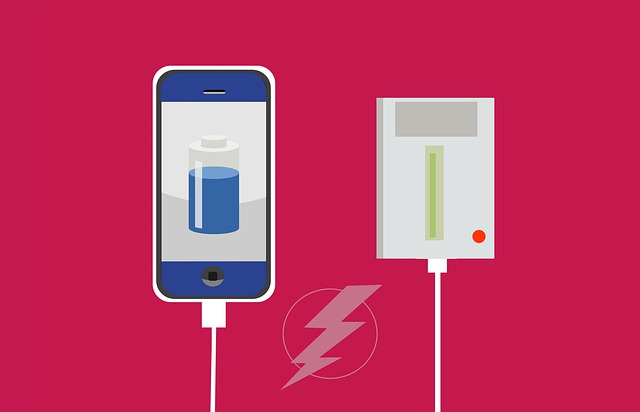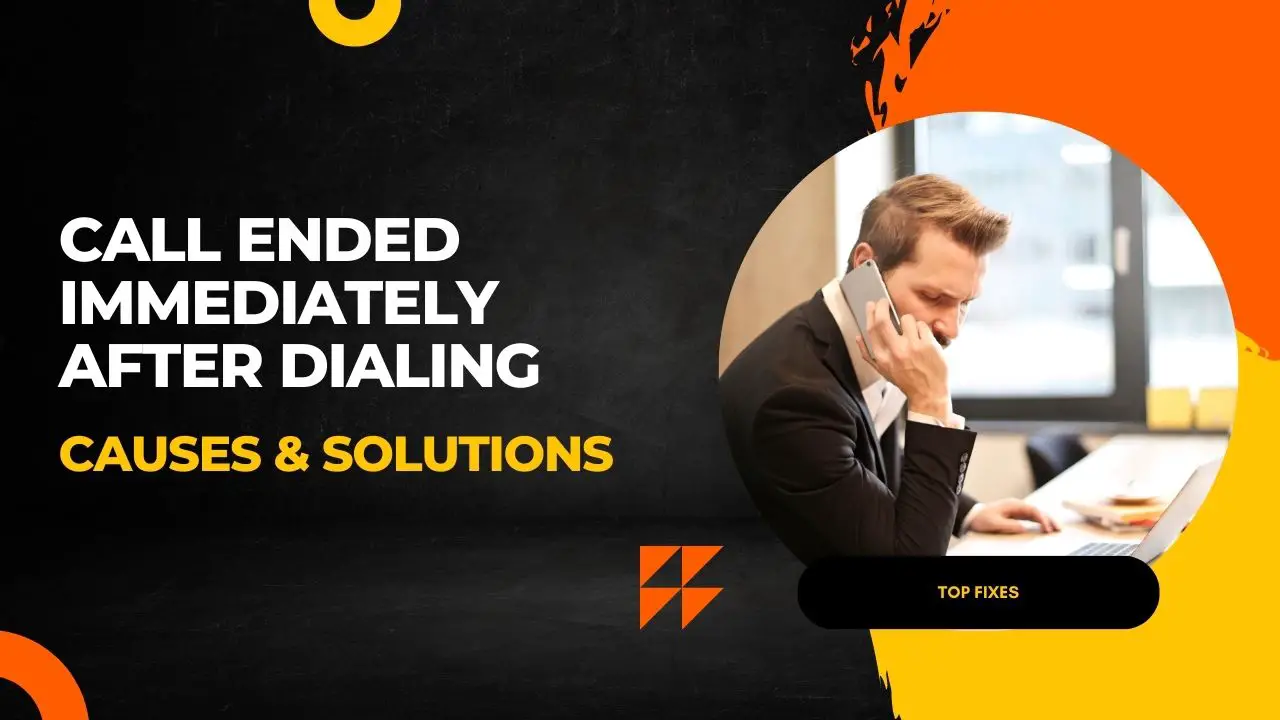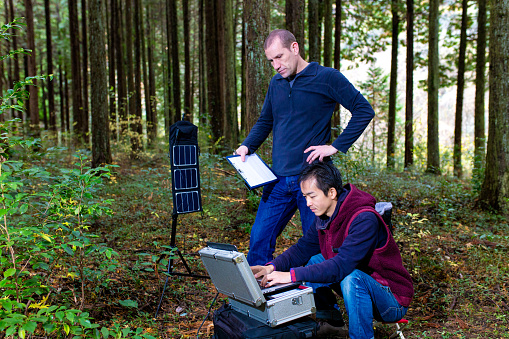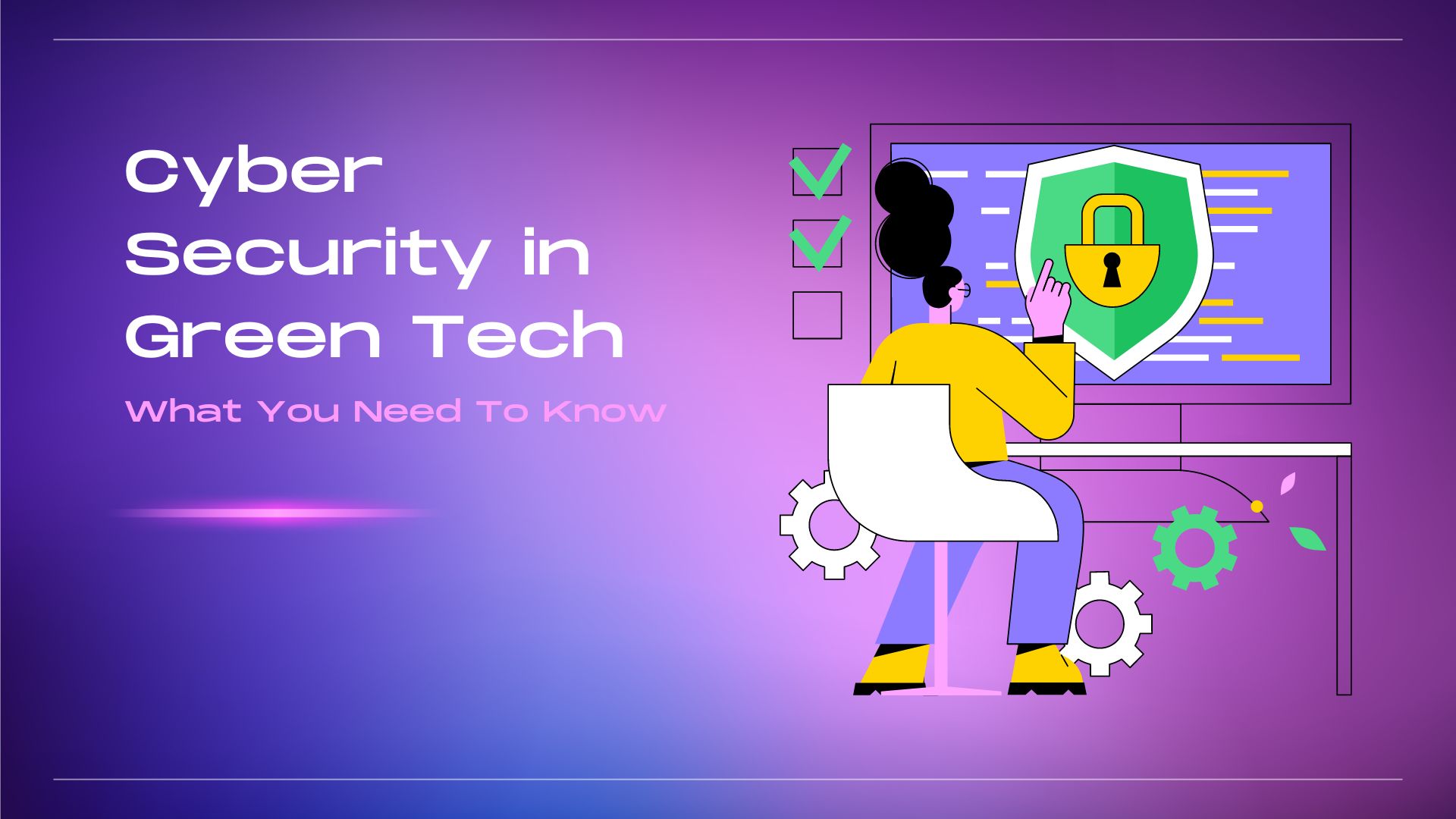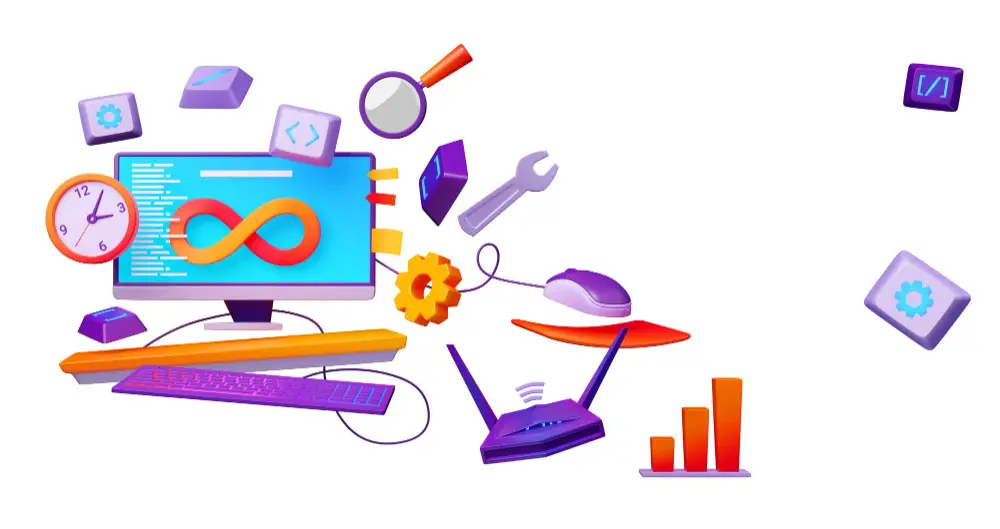
Ed-Tech Solutions for Low-Income Countries

No words can do justice to how important education is. Some may treat it as given, for others, it is a matter of survival.
Probably, you’ve heard about a young Malawian inventor William Kamkwamba who built a wind turbine from the materials at hand and literally saved his village from thirst and starving to death. There is a lot of fascinating about this story, but most importantly, it proves how important learning is, especially in low-income countries.
At the same time, while the entire world is transferring to new digital modes of online learning, there are many locations that can’t even afford to buy computer equipment to ensure an online presence for their students. With that in mind, we tried to figure out how they can improve education accessibility for most of their learners.
Thin Client Systems
Thin Client Systems can hardly be considered the best learning solution ever but when it comes to cost-efficiency, they do have an edge. In their essence, these are the systems where several terminals are connected to one server, which does all the computing work. It may be as much a computer class as a mobile lab. Refurbished computers can be used to build a network, which is two or three times more cost-effective than buying new laptops. Plus, in the case of malfunction or failure, a technician would need to focus on one single server only rather than fixing separate computers. Of course, this solution would require a stable internet connection and electricity supply, which may be an issue for some poverty-stricken countries or regions.
Electronic Readers
With that in mind, electronic readers can become the most pertinent solution for especially poor locations – at least in theory. As a definitely cheaper substitute to a laptop or computer, an e-reader usually contains an array of pre-loaded books. It also focuses on reading, which is one of the most critical skills in low-literacy countries, let alone that the technology itself is as easy as pie. Additionally, there are often reading materials available both in native and in one or several foreign languages, which can be a great SL learning tool.
However, the best about electronic books is that they don’t require a broadband internet connection as they already hold hundreds and thousands of books. And even if an update is required, the cellular network can handle this. They still need a reliable electricity source for charging, but normally an average e-book battery capacity is enough for hours of reading.
Cell Phones
For years now, a smartphone has been a popular and quite effective learning tool across the world. It has become especially handy during the COVID outbreak.
For many low-income countries, however, smartphones may be an unaffordable luxury, but even a simple phone with text, voice, and maybe a picture and video support can be turned into an educational tool.
That said, a lot of world education initiatives are already using cell phones as the primary tool for learning. For example, one of the top Bangladesh programs on English learning provides phone-call-based instructions where students can study at their own pace. The system simply memorizes the student’s phone number and the next time it starts from where they left off on their last session. This initiative helped one of our readers to change her life and kickstart her career as a writer:
“Long before moving to the US and becoming a professional speech writer online, I was just a girl from Chittagong dreaming of a better life. We had one cell phone for three families so I had to share it with two other friends of mine. This taught me that when you really want something, the sky is your limit”, says she.
Although there are no official scientific data of cell phone impact on learning, it has a lot of advantages if used as an ed-tech tool. It is significantly cheaper than a laptop or a tablet, it doesn’t require a broadband internet connection and can be used for multiple purposes.
Non-Digital Educational Technologies
Many obstacles can come your way when trying to introduce modern ed-tech innovations in low-income countries. However, there are a couple of time-proven solutions that take their roots from the older pre-digital era.
One of them is radio broadcasting. By approximate estimates, its cost ranges between $1-2 per student, and it doesn’t require any internet connection. The lessons can be broadcasted through cell phones, which makes it one of the best educational solutions for poor areas.
Another educational technology takes its origin even from the older days when it first came into mass use in the 15th century and has never gone out-of-date ever since. It allows students of any age to access the world’s knowledge and wisdom without an internet connection or any equipment at all. In its cost-efficiency, it is second to none. And more importantly, it has been solidly bound with learning and skills attainment even hundreds of years before us. It is efficient and simple, and with careful use, it may live almost forever. This technology is called a book.
That said, both developed and low-income countries should strive to digitize their education sector to improve the quality of education and overall student experience across the world. However, let’s not write off the old-timer educational technologies that loyally served many generations. Sometimes, they may be the most optimal decisions of all.
